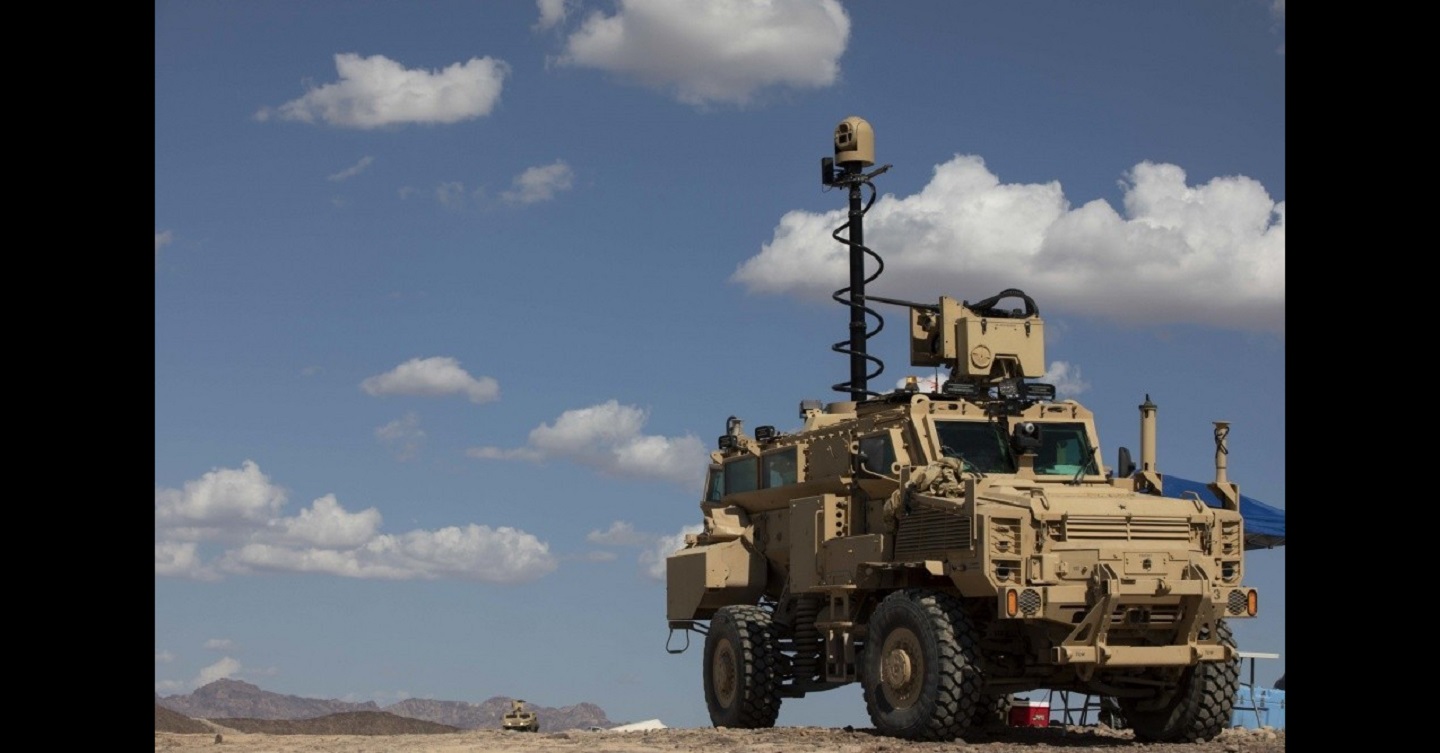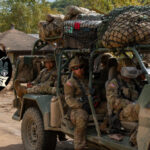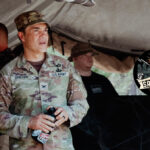
In the modern age the United States rarely ever enters a conflict alone. Fighting alongside an ally or as part of a coalition magnifies capabilities and lethality and often more importantly brings legitimacy and access. But the coordination and communication necessary for successful multi-domain operations is intense. Add multiple different languages, disparate communication and networking systems and simple deconfliction can become a herculean task or result in a simple but drastic reduction of interaction and interoperability. A BETTER PEACE welcomes Aaron Dixon to the studio to explain how many of the network issues of coalition operations in the MDO can be resolved, without breaking the bank. Aaron joins podcast editor Ron Granieri to discuss why the solution to the problem doesn’t involve newer, better, faster technology, at least not in the immediate future. He argues for more disciplined, targeted training and refusing to ignore issues in the exercise environment.
EDITOR’S CORRECTION: When introducing our guest Ron states that he commanded the 3rd Security Force Assistance BRIGADE. He actually commanded 3rd Squadron, 3rd Security Force Assistance Brigade (SFAB).
So the first problem we have to look at is whether or not we have an approach, a philosophy, a security mindset that says “Can I create this environment where I can have allies and partners getting access to that more frequently so that they can practice that digital side of it?”
Podcast: Download
Aaron Dixon is an Army Colonel and the former commander of 3rd Squadron, 3rd Security Force Assistance Brigade (SFAB), as well as the former commander of 1st Squadron, 14th Cavalry (Stryker). He served with 3SFAB in Afghanistan 2019-2020 and commanded Task-Force Southeast in Logar Province. He is a student in the AY22 Resident Course at the U.S. Army War College and will assume command of U.S. Army Garrison (USAG) Ansbach, Germany later this year.
Ron Granieri is Professor of History at the U.S. Army War College and the Editor of A BETTER PEACE.
The views expressed in this presentation are those of the speakers and do not necessarily reflect those of the U.S. Army War College, U.S. Army, or Department of Defense.
Photo Description: The Next-Generation Combat Vehicle Mine-Resistant Ambush Protected surrogate conducts a live-fire exercise during the Project Convergence capstone event at Yuma Proving Ground, Ariz., Aug. 11 to Sept. 18, 2020. The Army is ambitiously expanding efforts to develop and integrate joint force technologies needed in future warfare as part of Project Convergence, head of the Army’s Joint Modernization Command said Feb. 9, 2021.
Photo Credit: U.S. Army photo by Spc. Carlos Cuebas Fantauzzi





Approaching this topic from a USAF fighter pilot background; MPE would benefit from an already used approach to develop and field fighter aircraft software, Spiral Development.
In spiral development, all users are provided a published and standardized software pack. Users train, exercise and fight with the software and nominate bugs and improvements they find for inclusion in a future spiral release. Test Squadron’s investigate and rack & stack the nominations, and a new spiral is planned, developed and released on a preset timeline.
Each spiral fields as many fixes & improvements as time and budget allow.
Since all field users are operating on the same spiral release at any given time, training and standardization are enhanced.
When a new spiral is published it is preceded by training materials and the time to prepare for its implentation.
Cheers,
Maurice “Shamu” Salcedo
I noted and addressed some of the same problems, but from the angle of how to represent Coalitions in wargaming for professional development at the Connections North
Conference in Canada. We often represent “Blue” as being seamless and integrated in professional wargames, when the reality is anything but!